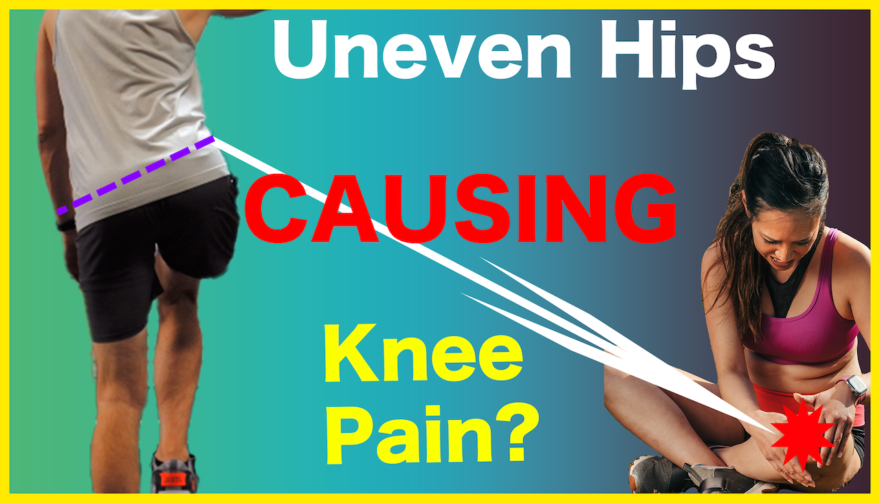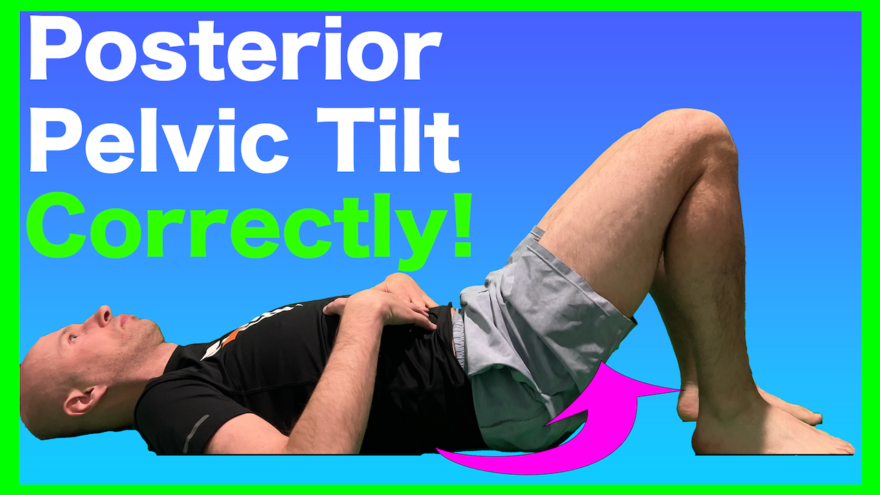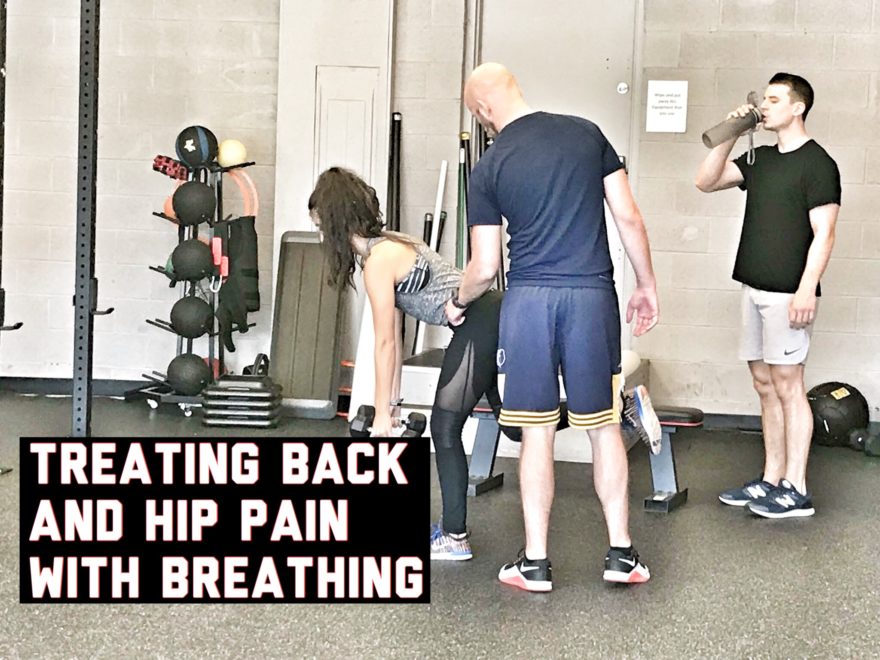Tag: hip pain

5 Exercises That Fix It All
Unlock your movement potential with these five fundamental exercises designed to enhance mobility and reduce pain. From the Calcaneal Traction…

3 Exercises That Fix 90% of Problems
THIS is why you’re so darn stiff Ever wake up feeling like a stiff robot (not the cool dancing kind)?…

Uneven Hips CAUSING Knee Pain? | Case Report
If you notice your hips don’t stay level during stairs, then check this out! Does your hip ever drop down…

Posterior Pelvic Tilt Exercises – You’re Doing Them WRONG!
There’s a subtlety to properly executing a posterior pelvic tilt. You’ll learn it today Posteriorly tilting the pelvis aka tucking…

Hip Flexor Stretches Don’t Work – Try These 2 Exercises Instead
If hip flexor stretching is whack, what is better, Zac? It’s super common to feel hip flexor tightness from sitting…

Treating Back and Hip Pain with Breathing – Live Case Study
Ever have someone who hurts multiple areas, and you are unsure where to start? What if I told you that…
